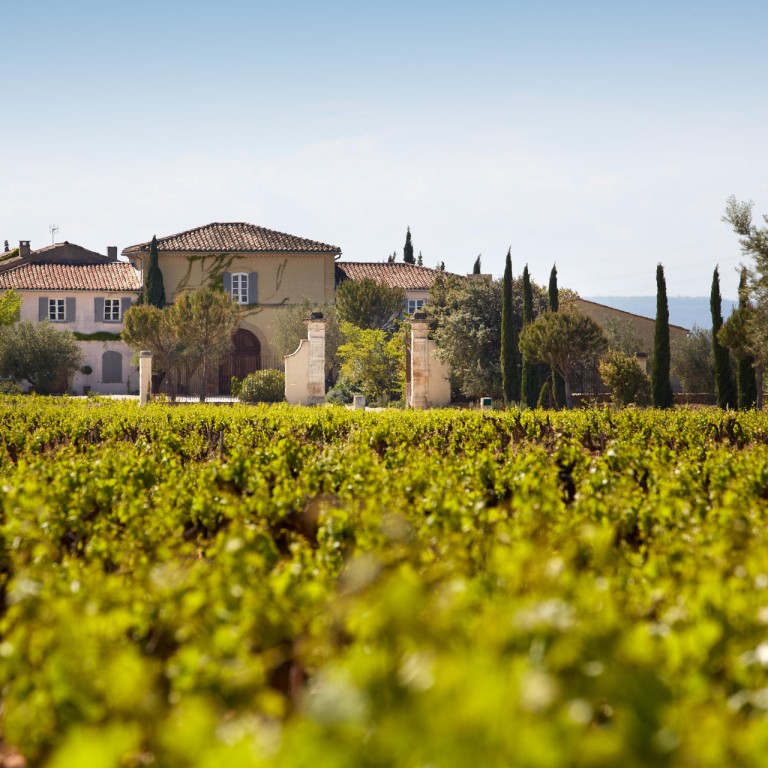
Chateauneuf overcame diseased vines to become an acclaimed appellation
The heavy, glass-engraved bottle is one of the most distinctive in wine. Most of us allow our fingers to linger briefly over the embossed keys of St Peter and the papal insignia whenever we open a bottle of Chateauneuf-du-Pape, an absent-minded gesture but seeking all the same the reassuring sign of the most acclaimed appellation in the southern Rhône.
But it wasn't long ago that this tiny Vaucluse town was a place for rustic, pile-'em-high bottles from the high-alcohol grenache grape that were sold off to local merchants. The region had been languishing ever since the phylloxera infection that devastated vast tracts of French vineyards in the 19th century.

It was the region's famously relentless mistral wind that spread the insect with such rapidity. For decades after phylloxera, few local winemakers chose to replant, unlike in regions such as Bordeaux, and many once famous names were slowly forgotten.
"Why didn't the southern Rhône put up more of a fight?" asks Jean-Pierre Perrin, owner of Chateau Beaucastel.
"Maybe the winemakers didn't embrace their history enough. Maybe it was too far from the sites of consumption - far from Paris, far from the sea, out in the provinces, so any vines that were planted were just to provide easy sales to merchants who wanted high alcohol and low prices - and that meant grenache."
This history explains why Chateauneuf can be such a frustrating region for the average wine drinker.
There are about 300 winemakers in the appellation today, and that same bottle design, those same embossed keys, can contain a wide variety of different styles.
A large proportion continue to bottle 100 per cent (or close to) grenache, still the most planted grape in the area, and are often rich in oak and bursting with excess. Others use the 18 (no longer 13) allowable varieties.
They work on balancing the alcohol that comes with the territory (we are in southern Provence here, and the grapes would ripen easily even without the warmth of the pudding stone soils) with other elements to add complexity and staying power.
"We love grenache," says Perrin, "but we are aware of its limitations, especially in our climate - too round, too ripe, too overblown … we believe, in any hot climate, that blending grapes is the best way to bring out a stricter, more profound and complex style."
The return to quality in Chateauneuf was largely the work of two men back in the 1930s; Baron Pierre le Roy and Jacques Perrin, father of Jean-Pierre. Baron Le Roy was the man responsible for founding the AOC of Chateauneuf-du-Pape, along with France's National Appellations Institute, and the International Vine and Wine Organisation.
He was one of the first to impose strict controls on winemaking, from yields to allowable grape varieties. And he found a willing disciple and friend in Jacques Perrin, who fought for the replanting of the traditional 13 varieties in Chateauneuf, and advocated both organic and biodynamic farming at his estate.
Their continued influence can be discerned in glasses of wine from their chateaux, Beaucastel and Fortia. Each estate has its own signature; Chateau Fortia champions syrah, while Chateau Beaucastel is a testament to the potential of mourvèdre.
Today, both properties offer a fine testament to their illustrious past - Fortia is run by Pierre and Chantal Pastre (she is granddaughter of Baron le Roy). Over at Beaucastel, Jean-Pierre and his brother Francois work alongside their six sons and one daughter, guarding the family tradition of excellence.
Drinking either of them is a way to pay tribute to the role that individuals can play in the renewal of an entire region.
94. Highly recommended. Drink now (with a good carafing) until 2030.
93. Highly recommended. Drink now (with a good long carafing) until 2032.
91. Highly recommended. Drink now to 2028.

